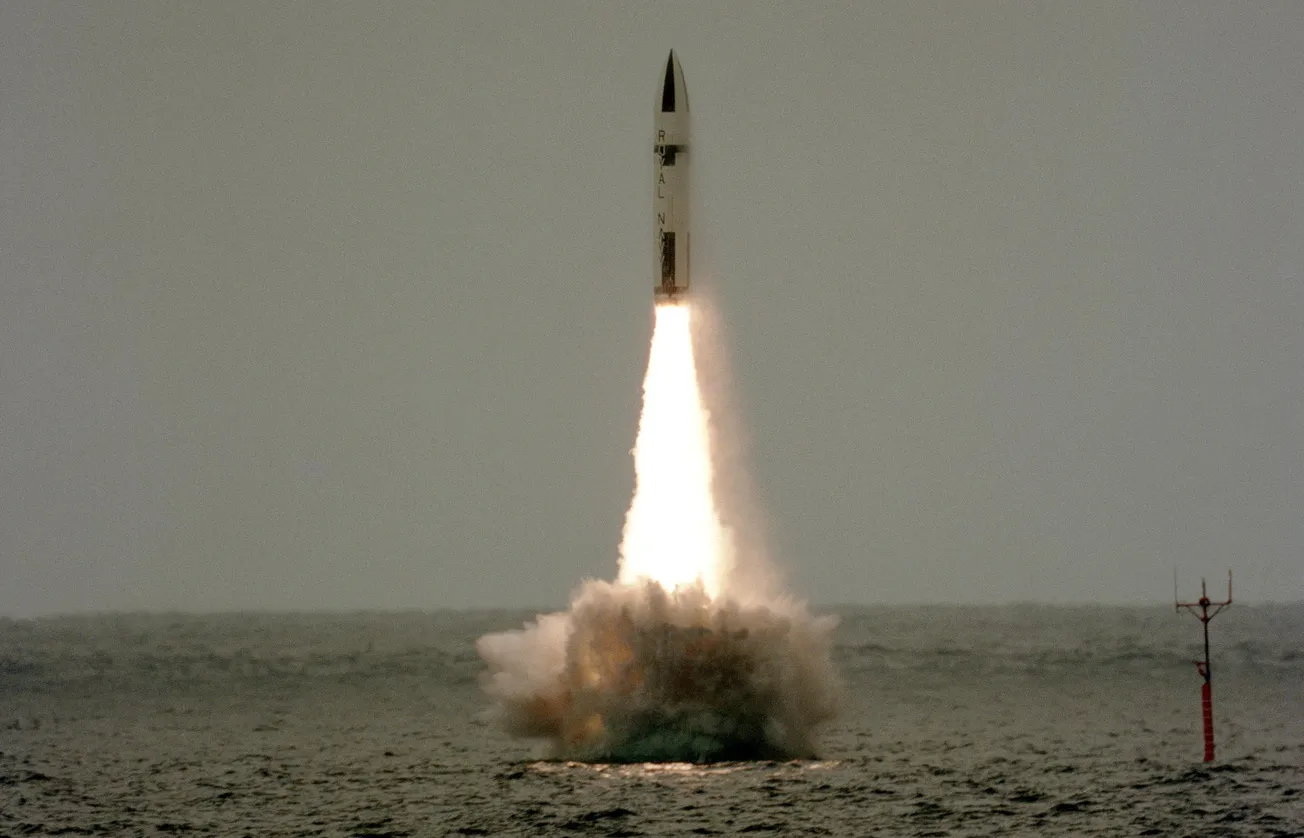March 1, 2024 (EIRNS)—Is the U.S. Air Force preparing for the day that the New START nuclear offensive arms reduction treaty will be no more? Statements made by Gen. Anthony Cotton, commander of U.S. Strategic Command, during a hearing of the Senate Armed Services Committee yesterday, imply as much, though he’s not quoted actually saying so. In response to a question regarding a report from the Congressional Commission on the Strategic Posture of the United States, issued last year, Cotton highlighted a recommendation calling for the re-MIRV-ing of U.S. ICBMs, that is, returning them to a multiple warhead configuration. Each of the 400 land-based Minuteman III ICBMs carries a single W87 warhead, after having been reduced from three to comply with the warhead limitations in the New START treaty.
“I do believe that we need to take serious consideration in seeing what uploading and re-MIRVing the ICBM looks like, and what does it take to potentially do that,” Cotton said, reported The War Zone. TWZ notes that the Air Force has previously disclosed that the new Sentinel ICBM is being designed to be capable of carrying more than one warhead should the decision be made to do so, though present planning is for just one warhead. New START expires in 2026—long before the Sentinel enters service—with little chance that it’ll be extended.
Otherwise, Cotton demanded that Congress continue to fund the modernization of U.S. strategic forces. “The most important message I want to deliver today is that the forces under my command are ready to deter our adversaries and respond decisively should deterrence fail,” he said, reported the Defense Department yesterday. “No adversary should ever doubt our capability today.”
“We do this in the face of challenges unlike anything America has ever encountered,” he went on. “We are confronting not one but two nuclear peers: the Russian Federation and the People’s Republic of China. This reality combined [with] missile developments in North Korea, Iran’s nuclear ambitions, and the growing relationships amongst those nations adds new layers of complexity to our strategic calculus.”
Cotton reported that both China and Russia are modernizing their nuclear forces. “In short, our competitors are improving their position against the U.S. and its allies in multiple domains at rates that are far exceeding the pace we’ve seen just a few years ago,” he said. Therefore, U.S. forces must also be modernized. “While our legacy systems continue to hold potential adversaries at risk, it is absolutely critical we continue to speed, at speed with the modernization of our nuclear triad,” Cotton said.




